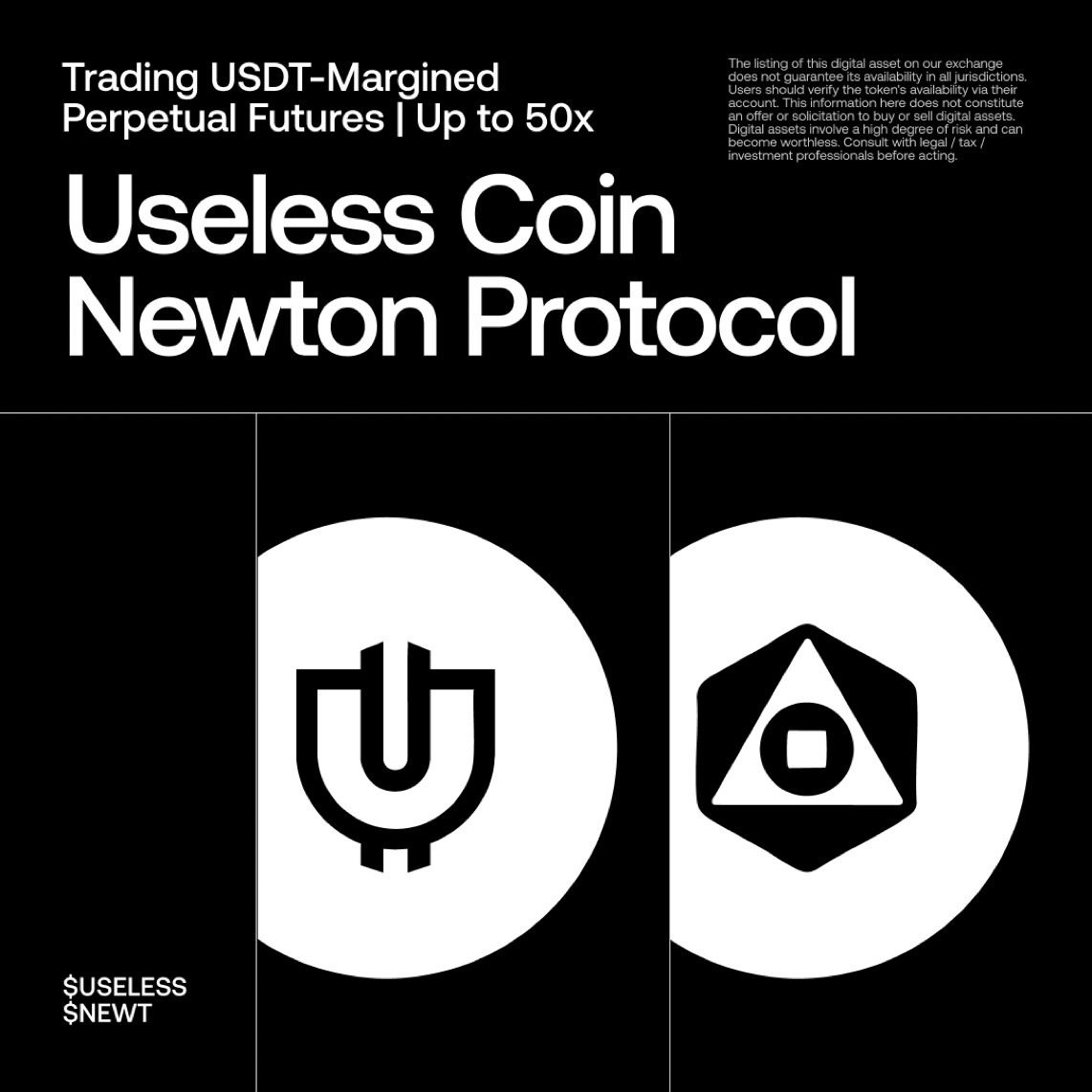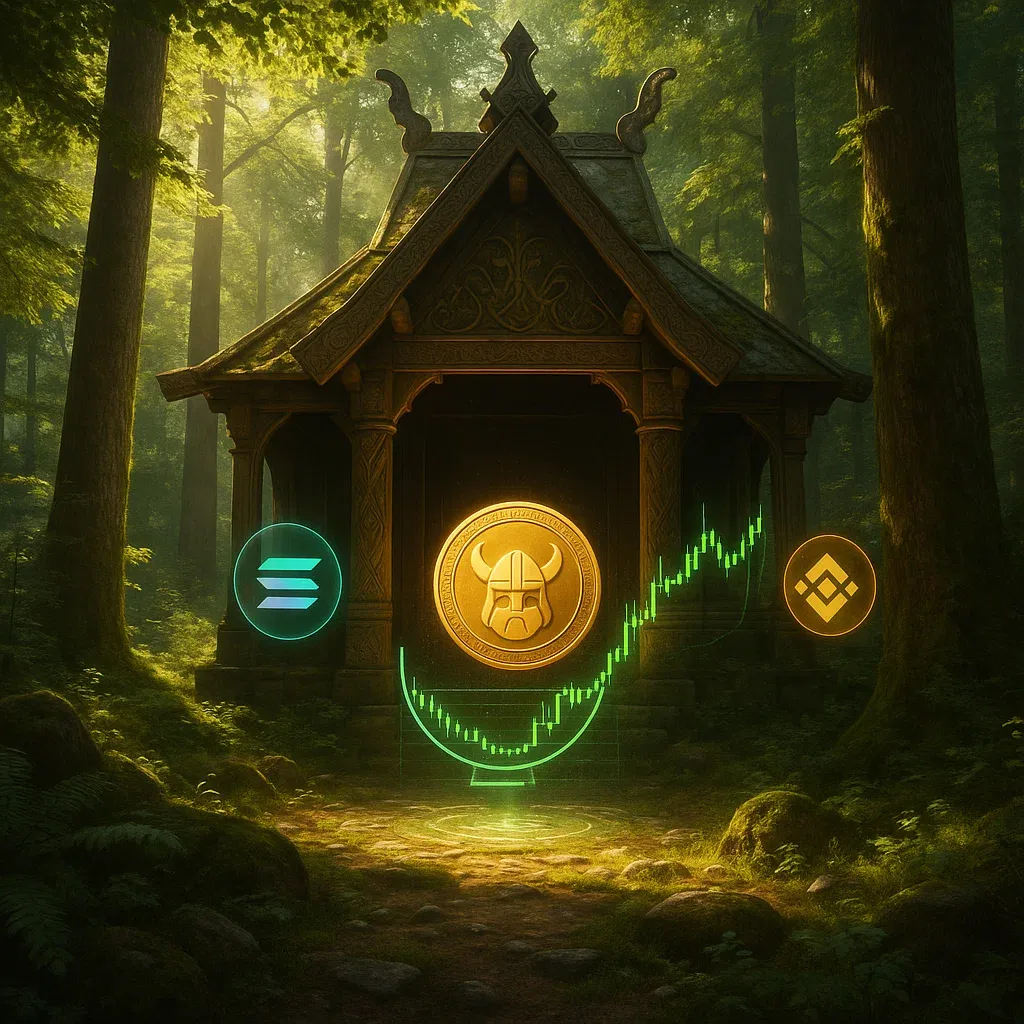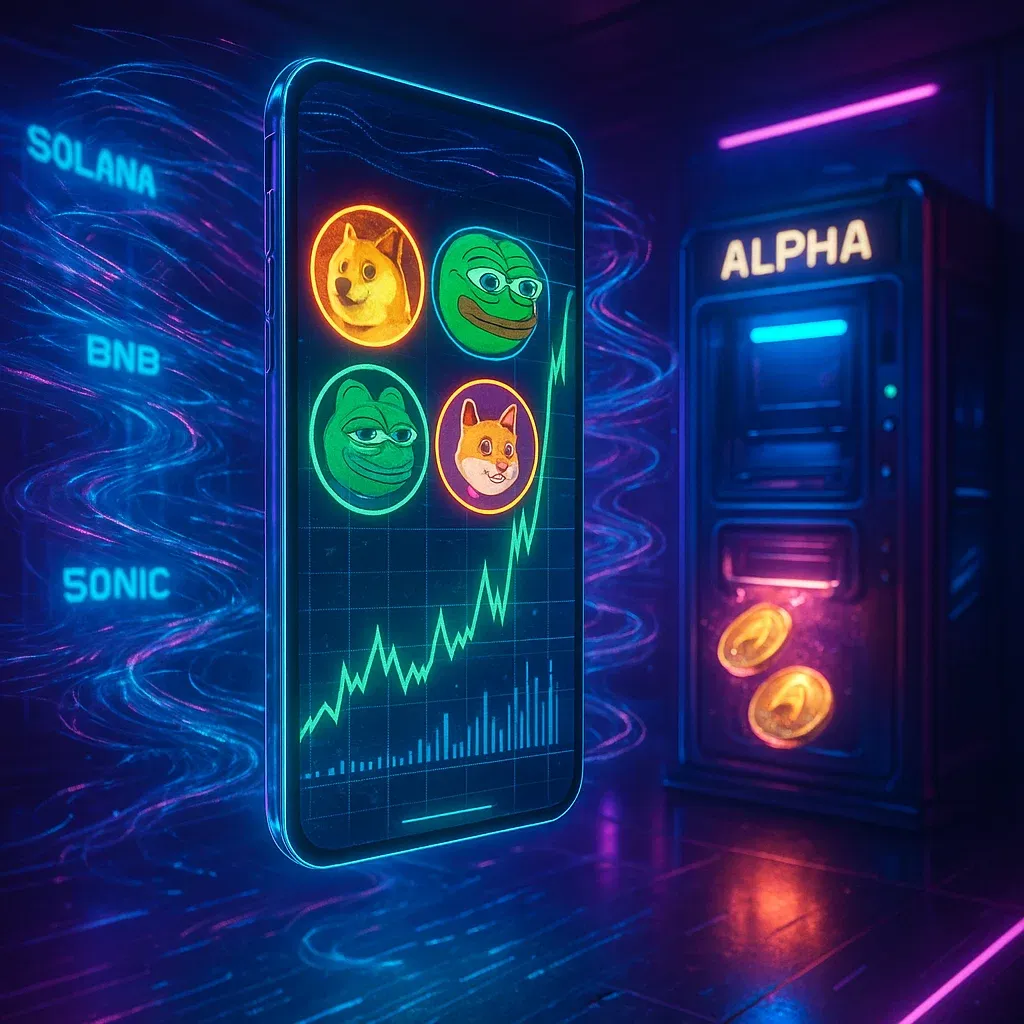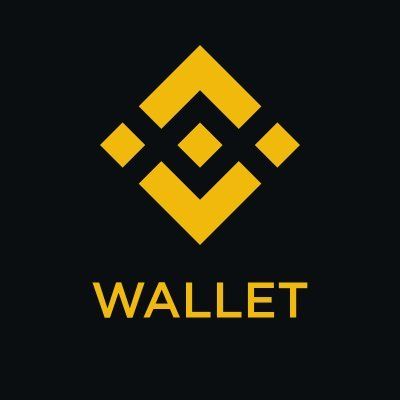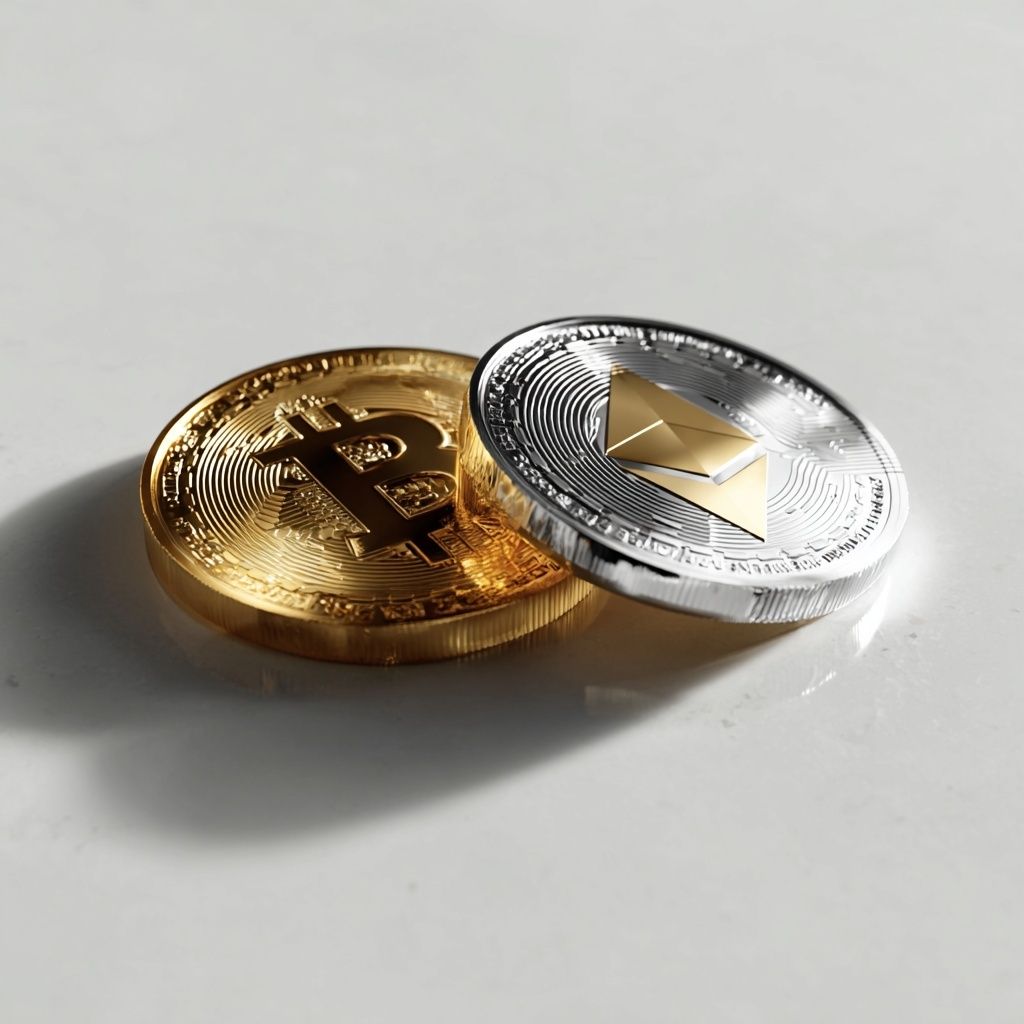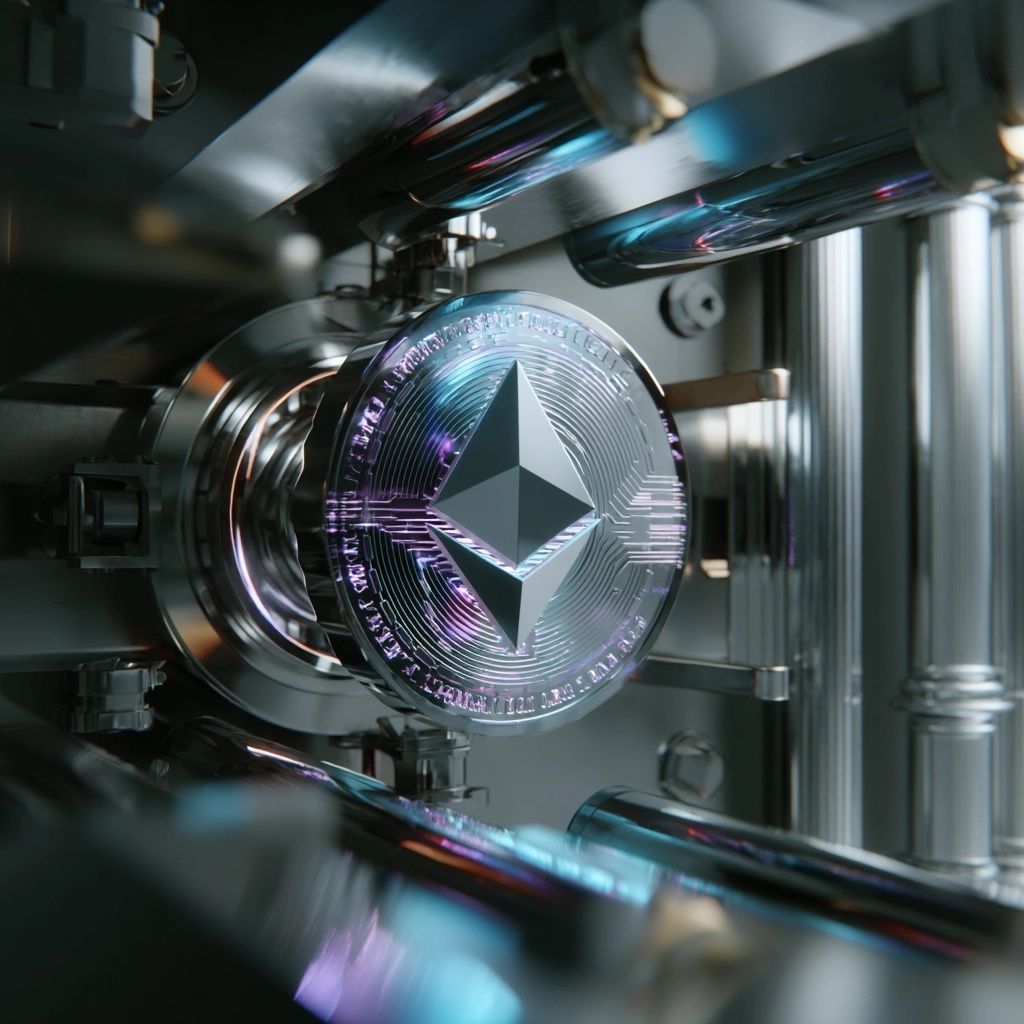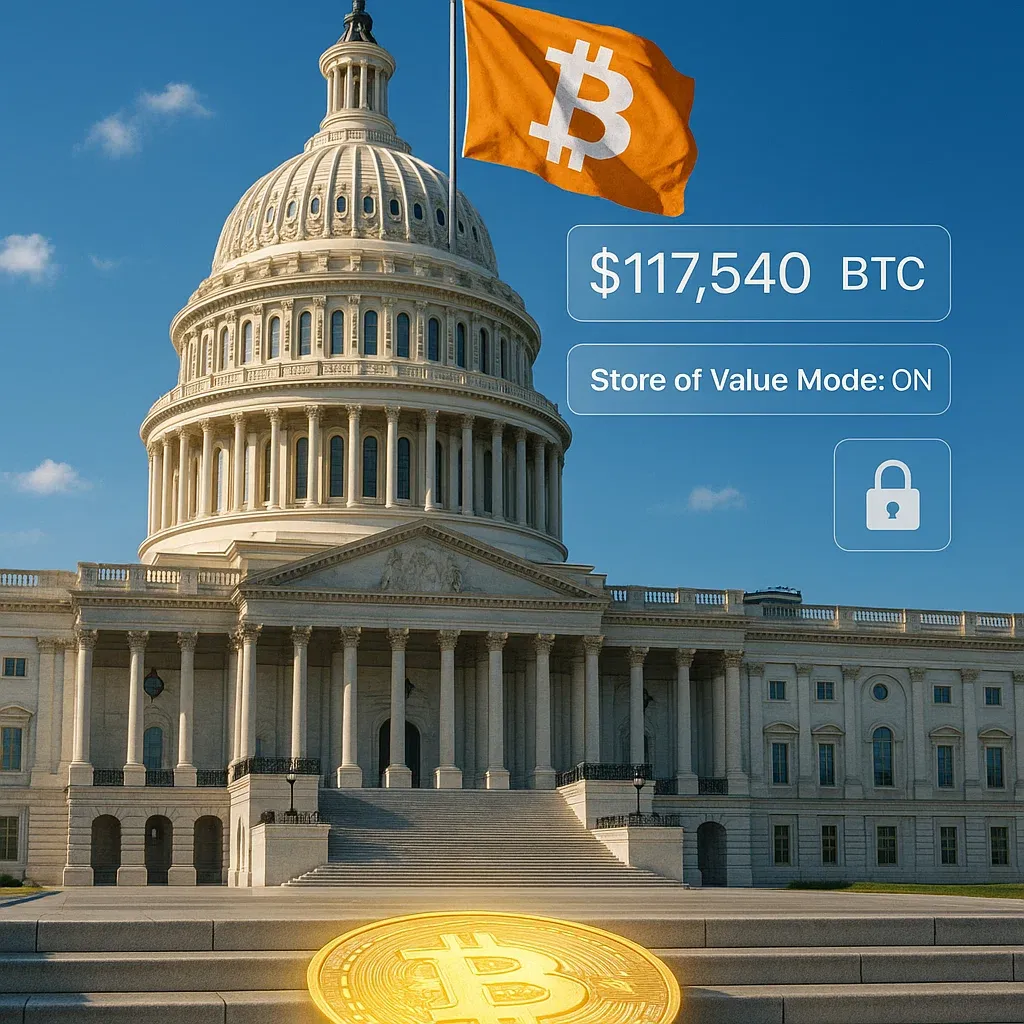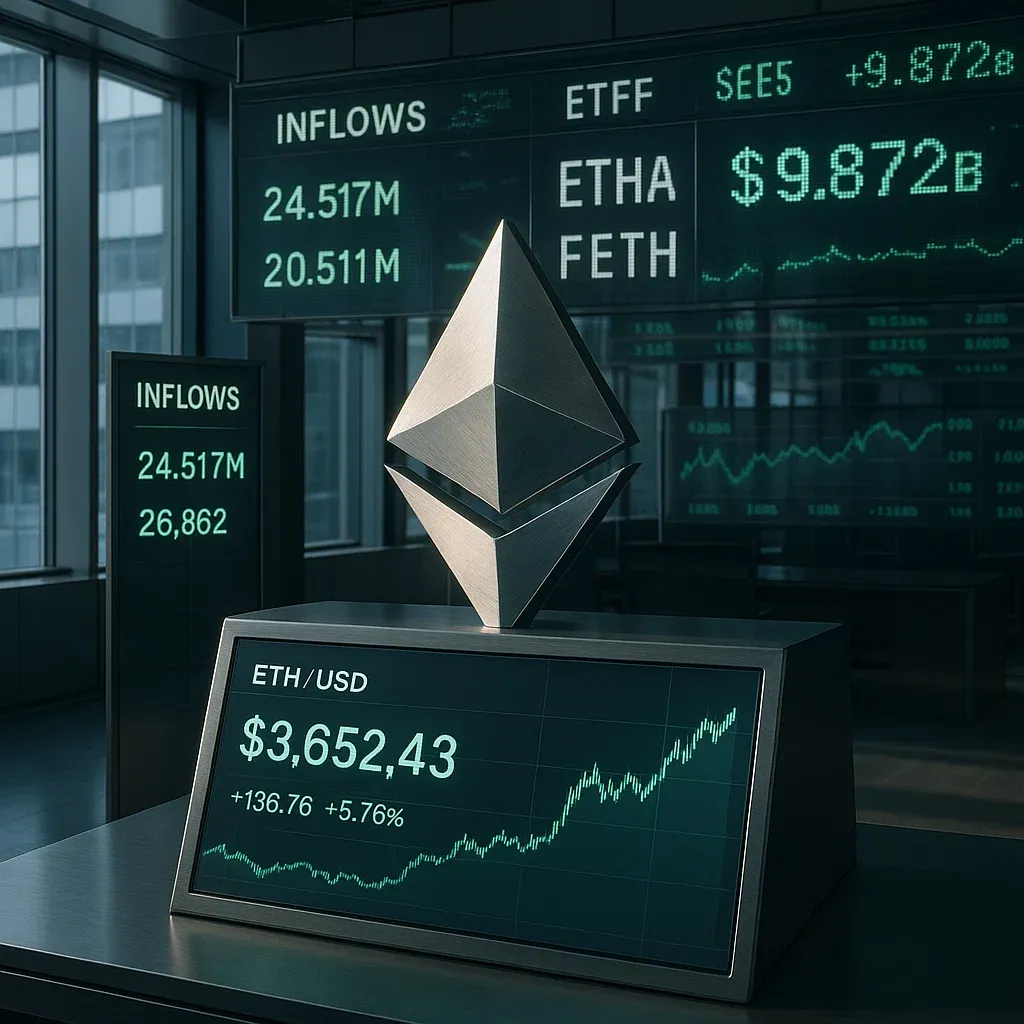Japan Drops Two-Tier Crypto Rulebook — BTC & Altcoins Now in Different Lanes
🗾 Japan’s Crypto Crackdown? More Like a Glow-Up
New rules split tokens into “Startup Coins” vs “OG Coins” — here’s why it matters
🇯🇵 Japan’s getting serious about crypto—without killing the vibe.
In April 2025, Japan’s Financial Services Agency (FSA) dropped a proposal to finally sort crypto into two clear categories. It’s the kind of move that could clean up the chaos—and maybe even set a global example.
The plan? Stop pretending Bitcoin and altcoins are the same beast. Instead, regulate them based on what they actually do.
🧩 The Two-Tier System, Decoded
*� Type 1 — “Startup Coins”
Think of these like the Kickstarter of crypto.
These are tokens issued by new projects to raise money. The FSA says: fine, but tell us who you are, what you’re building, and how the money will be used. Transparency is mandatory. No more “just vibes” launches.
*� Type 2 — “OG Coins”
Bitcoin, Ethereum, and other decentralized bad boys fall here. No central team, no fundraising. Since there’s no one “in charge,” traditional disclosure rules don’t fit—but Japan still wants to keep an eye on how they’re traded and used in finance.
🕵️ Why Is Japan Doing This?
Because crypto is still full of information asymmetry—where insiders win and everyone else gets rugged.
Here’s what the new rules are trying to fix:
- 🧠 More info for investors (no more blind token FOMO)
- ⚖️ Tailored rules for different types of crypto
- 🚀 Room for legit innovation to thrive
🧑⚖️ Public Feedback? Yes, Please
The FSA isn’t just slapping down rules—they’re asking for opinions. Developers, investors, even normies can send feedback until May 10, 2025. That’s rare, and it shows Japan’s playing the long game.
🌏 Global Impact: Japan Leading Again?
Japan’s been in the crypto game since the Mt. Gox disaster, and now it’s flexing as one of the most forward-thinking regulators out there.
- ✅ Approved crypto ETFs
- 💸 Integrated crypto taxes
- 📜 Built frameworks for security tokens
This new classification fits the pattern: more clarity, less chaos. And if it works? Other countries might just copy-paste the playbook.
TL;DR:
- Japan wants to divide crypto into two buckets: Type 1 = fundraising tokens, Type 2 = decentralized assets like BTC/ETH.
- It’s about transparency, investor protection, and not killing innovation.
- Public feedback is open until May 10—because crypto rules shouldn’t be made in a vacuum.
- If this works, Japan could become the blueprint for global crypto regulation.
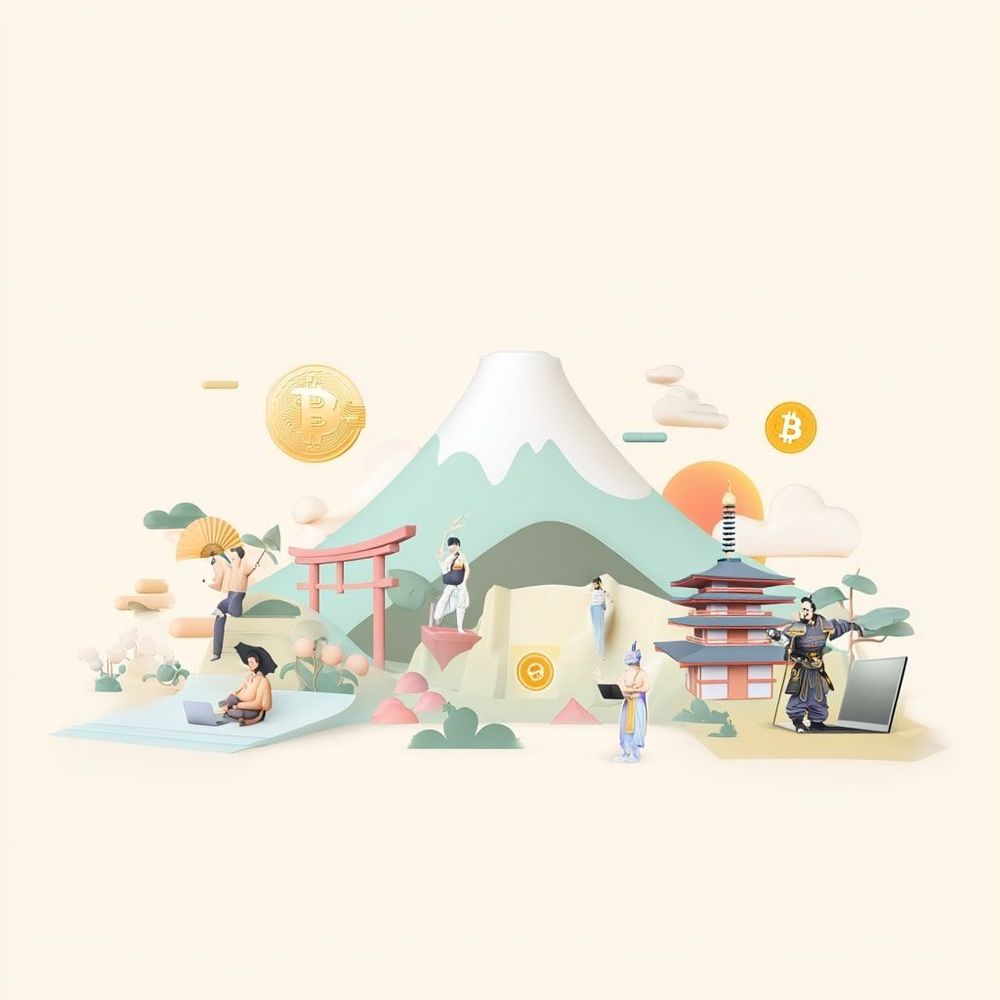
Recent News
All Time High • Live
Have questions or want to collaborate? Reach us at: info@ath.live
